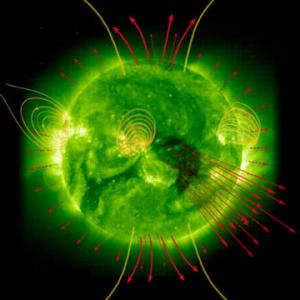CSI 769 - 001 / ASTR 769 - 003 (Spring, 2008) Solar and Heliospheric Physics Dr. Jie Zhang |
 |
|
|---|---|---|
Syllabus (Last Modified: Jan. 22, 2008) |
||
|
||
CSI 769 - 001 / ASTR 769 - 003 (Spring, 2008) Solar and Heliospheric Physics Dr. Jie Zhang |
 |
|
|---|---|---|
Syllabus (Last Modified: Jan. 22, 2008) |
||
|
||